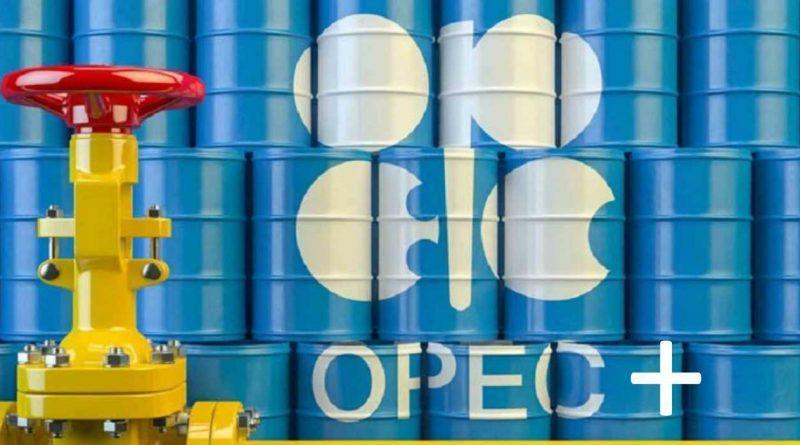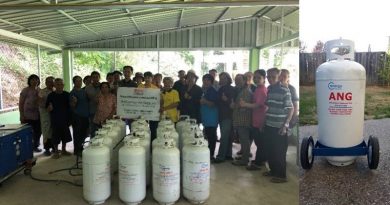OPEC+ raises Nigeria’s March oil output target from 1.70 mbpd to 1.72 mbpd
Last week, the OPEC+ group concluded its monthly ministerial meeting and decided to maintain status quo on its pre-approved production adjustment plan. Subsequently, members reaffirmed the increase in April ’22 monthly production target by 400,000 barrels per day. The cartel believes that the current dynamics in the global oil market are not being driven by market fundamentals but geopolitical developments. As a result, OPEC+ considers the global oil market to be well-balanced and not needing any new drastic action.
Year-to-date, crude oil prices have rallied strongly on back of tight supply by OPEC+ and the Russia-Ukraine conflict. As of last Friday, Brent and WTI oil benchmarks had risen by 51.8% ytd and 53.8% ytd respectively to USD118.10/b and USD115.70/b respectively. Oil prices are currently at their highest level since at least 2008.
Russia is the world’s third-largest producer of oil, supplying around 60% of oil exports to Europe and another 20% to China. As the Russian-Ukraine conflict deteriorated last week, oil markets priced in the risks of Russian oil being barred from international oil markets, amidst other international sanctions.
In the coming weeks, global oil market dynamics will be shaped by emerging developments in Iran and Libya. Iran will potentially reach a new nuclear deal with the US. Iran oil output could disrupt oil markets if sanctions are dropped. In Libya, a new wave of riots and force majeure events could trigger another civil conflict in the country, worsening the global supply situation.
For Nigeria, production and evacuation challenges continue to limit oil output. OPEC data shows that Nigeria’s oil output was down by 10.6% on average in 2021, missing its OPEC+ target by 10.4%. Nigeria’s oil output of 1.40 mbpd (excluding condensates) in January ’22 missed the OPEC+ target of 1.68 mpbd by around 17%. OPEC+ has raised Nigeria’s March oil output target to 1.72 mbpd (from a February target of 1.70 mbpd), despite missing targets in January and February respectively.
The head of Nigeria’s state oil corporation, Mele Kyari, last week vowed to increase Nigeria’s oil production. In February, S&P Global commodity insights reported that Nigeria’s Forcados (previously under force majeure) is now back on stream. Similarly, some key export crude grades – Agbami, Bonny Light, and Qua Iboe – recorded steady increases in recent weeks. This points to a potential increase in Nigeria’s output if rejuvenation efforts are sustained.



